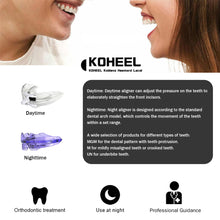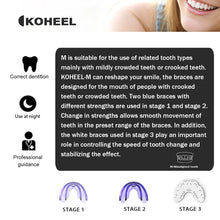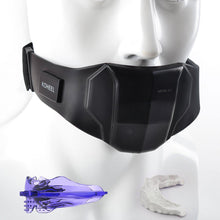- Skeletal factors: The formation of buck teeth can be related to the size and shape of the jawbone. If the upper jaw is small and cannot accommodate all of the teeth, it can lead to crowding and some of these teeth may protrude to form buck teeth.
- Crowding: Crowding may result when there are too many or too large teeth in the mouth. Crowding prevents teeth from finding their proper place in the mouth, and some of these teeth may protrude to form buck teeth.
- Genetic factors: Genetic factors can also play a role in the formation of buck teeth. If there is a tendency to have buck teeth in the family, then individuals may inherit this tooth alignment characteristic.
- Habitual factors: Certain habitual behaviors may also contribute to the formation of buck teeth. For example, habits such as prolonged thumb sucking, habitual pressure of the tongue on the upper jaw, or pacifier use can affect the normal development and alignment of the teeth and lead to the formation of buck teeth.
- External factors: Injuries to the mouth or the influence of external forces may also cause teeth to shift, which can lead to the formation of buck teeth.
The formation of buck teeth may be related to a variety of factors, including genetics, jaw structure, tooth crowding and habits. While some factors cannot be changed, the following are some preventive measures that can be considered:
- Attention to oral health in childhood: Attention to oral health should begin in childhood. Develop proper oral hygiene habits early on, such as brushing, flossing, and mouthwash. Take your child to the dentist regularly to ensure proper development and alignment of teeth.
- Avoid bad habits: Certain bad habits, such as thumb-sucking, habitual pressure of the tongue on the upper jaw or pacifier use, can lead to tooth displacement and the formation of buck teeth. Correcting these habits early can help prevent the occurrence of buck teeth.
- Maintain oral health: Good oral hygiene is an important measure to prevent dental problems. Regular brushing, flossing and mouthwash to avoid cavities and periodontal disease will help maintain proper alignment and position of your teeth.
- Early consultation: If you or your child is already showing signs of tooth crowding or other jaw problems, see an orthodontic specialist as early as possible. They can assess the situation and provide an appropriate orthodontic treatment plan to avoid further worsening of the problem.
- Orthodontic treatment: For cases where buck teeth are already present, orthodontic treatment is an effective way to correct misalignment and buck teeth. Consult with your dentist or orthodontist and choose the appropriate orthodontic treatment based on their recommendations.






